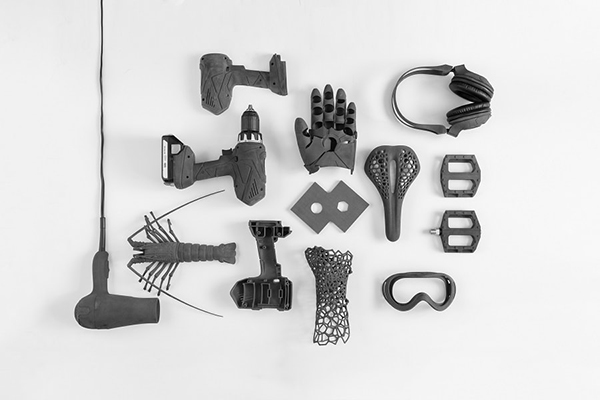Rapid prototyping chiefly uses the layered addictive manufacturing method although there are other types of manufacturing processes contained in the processes. The others include high-speed machining and casting as well as molding and extruding. Whichever method is used, it always starts with designing to ensure appropriate parts or products are used. Depending on the product that one wants to manufacture, there are various types of prototyping techniques and we are going to look at them one by one. Every product requires its production process type so you need to make sure you have the right machinery and resources to do it.
Stereolithography or Photopolymerization
This one uses a bath of photosensitive liquid that is solidified by computer-controlled ultraviolet light. It was among the first rapid prototyping method to be used in 3D printing and following its success in consumer satisfaction, it has now become very common in the production industry.
Selective Laser Sintering
This is among the few methods that can be used for both metal and plastic prototyping. It is known to use powder to create its prototype and use a laser for heating the powdered material. The result is very strong but not stronger when compared to Photopolymerization. The surface of the final product is also not that smooth some extra finishing works may be needed to bring smoothness to the final production surface. It is a wonderful method that produces the best parts at all times.

SLS technology products*
Selective Laser Melting
Also known as powder infusion and it is wanted for its ability to make high strength end products that are satisfactory in heavy-duty applications. The good thing is that you can use them to make complex parts and designs so you can use them for the complex designs you want to manufacture. No weaknesses even in intense bending and curving so this method is highly reliable. Some of the materials used include Titanium, Aluminum, and stainless steel so when you have materials made from such parts, this is the manufacturing process to use.
Sheet Lamination
This is the simplest kind of manufacturing process. It doesn’t require sophisticated controlled conditions. You start by building a series of small laminates which have been cut by laser beams. Once you are done, you can then start to create the best CAD pattern and start the production design.
You can also use digital light processing which uses polymerizations of resins to make products. While it’s cheaper and simple, you require other works to make the final product of the best quality required. You also need support structures to make this method come true.
Conclusion
These types of product types are the best and they are supposed to be selected depending on the kind of product one wants. While most of them are cheap and simple, they may require other secondary works to attain the intended quality of the product. All of them save time and resource wastage because of their proper design and manufacturing process so they are economical.
Reference
*Image from https://manufactur3dmag.com/
